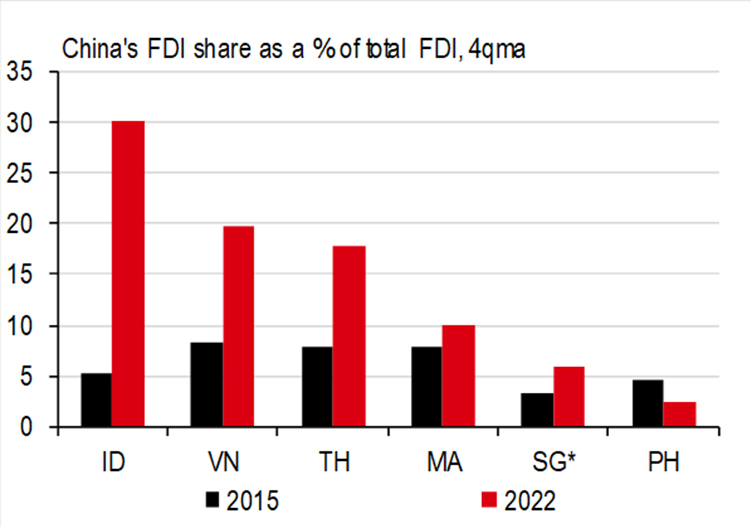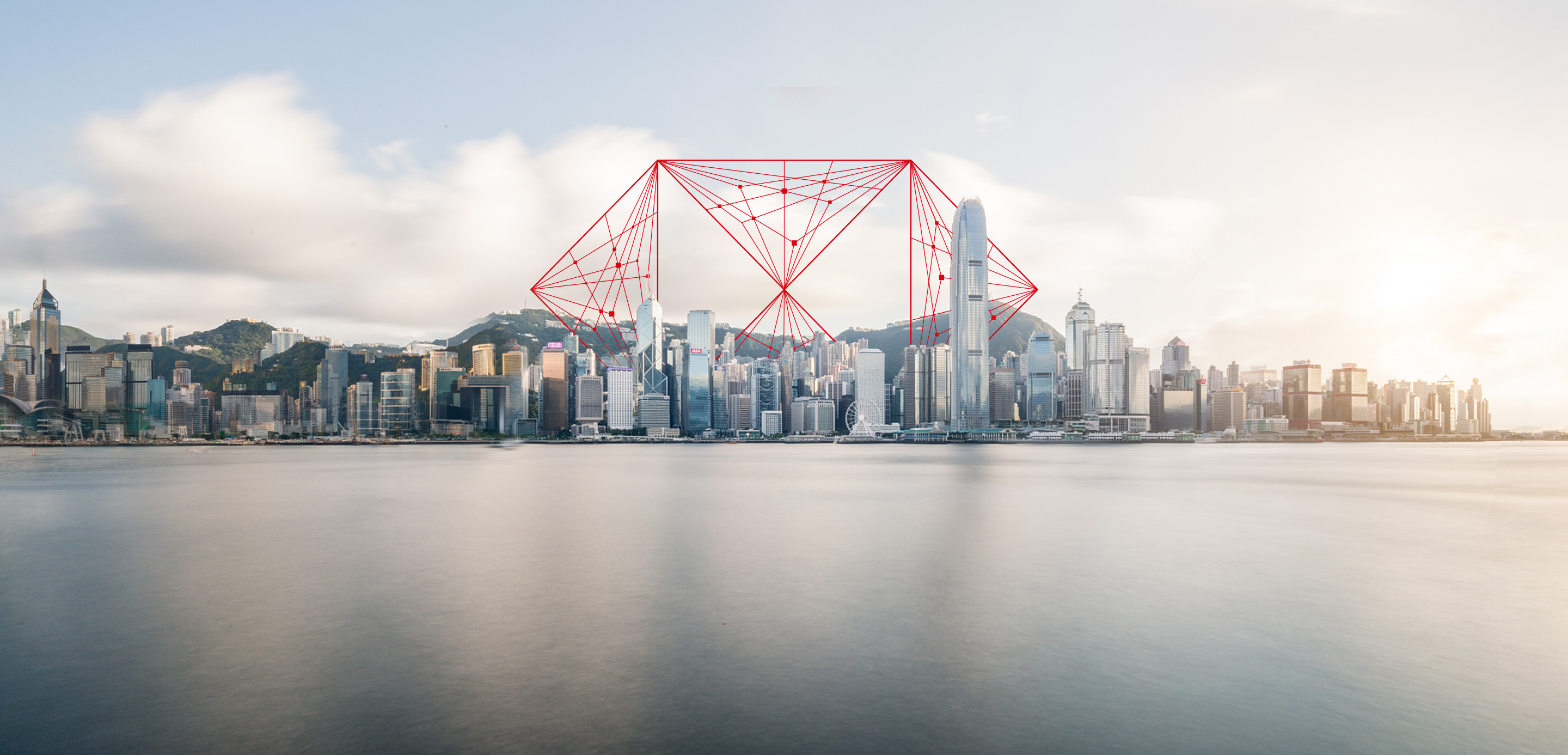- Article

- Facilitating Trade
- Managing Supply Chain
Globalisation’s new economic networks
To paraphrase Mark Twain: reports of the death of globalisation are greatly exaggerated. While some aspects of current geopolitics are fracturing certain trade routes and supply chains, the truth is that globalisation hasn’t died. It has just evolved, as I discussed during a lecture I delivered at the Zhejiang University International Business School in China.
Deglobalisation has entered the popular lexicon1. During a year with an unprecedented number of political elections, the populist news cycle portrays a world beset with economic and political dislocation. The popular narrative is that protectionist policies are rising, pushing up costs as trade barriers are erected.
It is true that the number of trade barriers introduced annually almost tripled from 2019 to 2022, according to the International Monetary Fund, which brings a considerable cost: the IMF says greater international trade restrictions could reduce global economic output by 7%, over $7.4 trillion, in the long term, an amount equivalent to the German economy2.
But trade finds a way to keep moving. The past decades of growing Globalisation is making access to different markets faster and easier. It means getting the cheapest sources of capital, the best investment returns, the most efficient production of goods. That flow continues.
While trade tensions are evident all over the world, the idea that globalisation has run its course is not universally true. Asia, in particular, suggests the reverse.
The growth in Asian domestic economies has been reflected in considerable momentum in intra-regional trade. According to HSBC Global Research, Intra-regional trade is set to rise 65%, or USD400bn per year until 2030 led by the China-ASEAN and India-ASEAN corridors3. This comes with a concomitant flow of capital recycled through Asia’s financial centres.
FDI flows into Asia have outpaced combined flows into Europe and North America since 2020, according to data from UNCTAD4.
HSBC’s recent results5 are a testament to this, telling a story about global activity. Wholesale multi-jurisdictional client revenue from clients who bank with us in more than one market, grew by 29% in 20236. Likewise, for personal banking customers, international revenue from those who move money across borders grew 41% last year7. We facilitated more than $850 billion of trade in 20238. Supply chains are shifting, and money is still moving.
HSBC grew reported profits significantly in 2023 across mainland China, India, Singapore, the UAE, Saudi Arabia and Mexico – all of which are also well connected to our international network9.
Not only has US-Mexico trade increased, near-shoring trends – in Mexico, Vietnam and the Gulf Region – have created new corridors. In 2023, Mexico was the leading source of goods imported to the US for the first time in over 20 years, ahead of China, according to the US Commerce Department10. This is partly a function of nearshoring, which Mexico expected to add up to 1.2 percentage points to growth in 202311 in the first half of the year alone, Mexico gained $29 billion in FDI, up 5.6% year-on-year.
And while US-China trade has dipped, it has simply led to other outcomes.
This is a story of nuance. While a change in the Chinese government’s Outward Direct Investment (ODI) policy in 2016-17 and the pandemic have made a dent in China’s outbound investment in recent years, Chinese firms continue to have strong incentives to go out to explore the global market in search of growth – through partnerships and/or by establishing manufacturing capacity, creating jobs and economic growth.
According to HSBC Global Research, China’s ODI will catch up with that of major economies, possibly rising to 25% of GDP, representing an incremental US$2.97 trillion in incremental ODI per year. In a more dramatic scenario, annual flows could rise by over 50%, with at least USD1.4trn to be invested abroad between now and 202812.
It is commonplace to suggest that China Plus One – the theme of companies moving supply chain capacity out of China for greater resilience – is a negative for China. Again, a closer look is revealing.
Many multinational companies are staying in China to supply the local market, and much of the movement from China into other economies is by Chinese manufacturers themselves. “This is important, because with many Chinese companies going to economies like Vietnam and Malaysia, they often use Chinese components,” says Frederic Neumann, HSBC’s Chief Asia Economist. “Thus, the connectivity between China and these economies is increasing. We’re not cutting out China but actually moving final assembly to these economies.”
As the chart below shows, investment flows from China into ASEAN are growing dramatically, driven by a combination of Covid-hit domestic demand in China relative to ASEAN, rising labour costs in China, and increased distortions in terms of tariff and trade restrictions in the global economy.
The movement of supply chains is not the same thing as reducing China’s importance in the global economy. Final assembly might be moving, but the role of Chinese components has increased, and with it, supply chain reliance on China. Along the way, ASEAN gets a powerful trade boost.
Perhaps we can see Hong Kong, in its representation of a gateway to mainland China, as an illustration of a central conceit that applies worldwide: that trade finds a way. It never goes away. It just moves to corridors more lucrative and less troubled by friction.
Our clients and the investment community are closely following these trends. New networks of the global economy across finance, trade and innovation will the main theme of discussion at HSBC inaugural Global Investment Summit in Hong Kong 8-10 April 2024.




